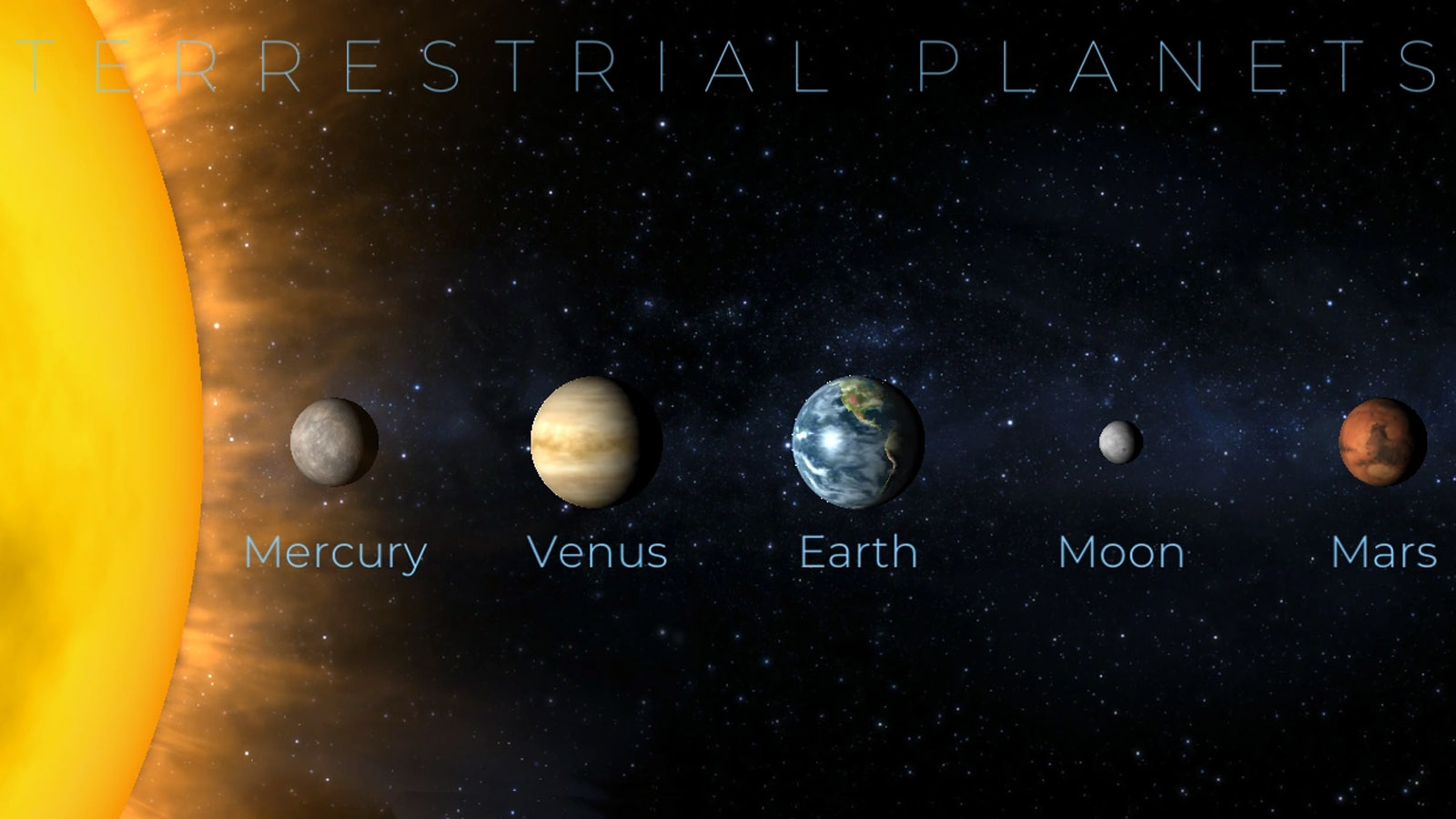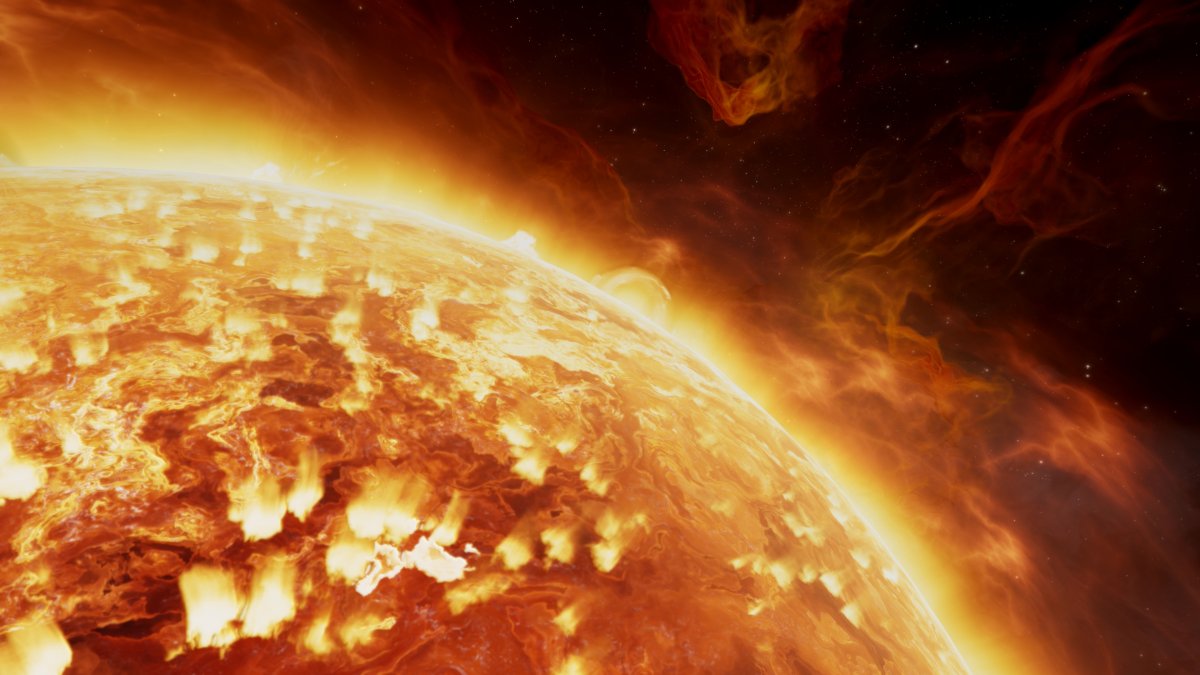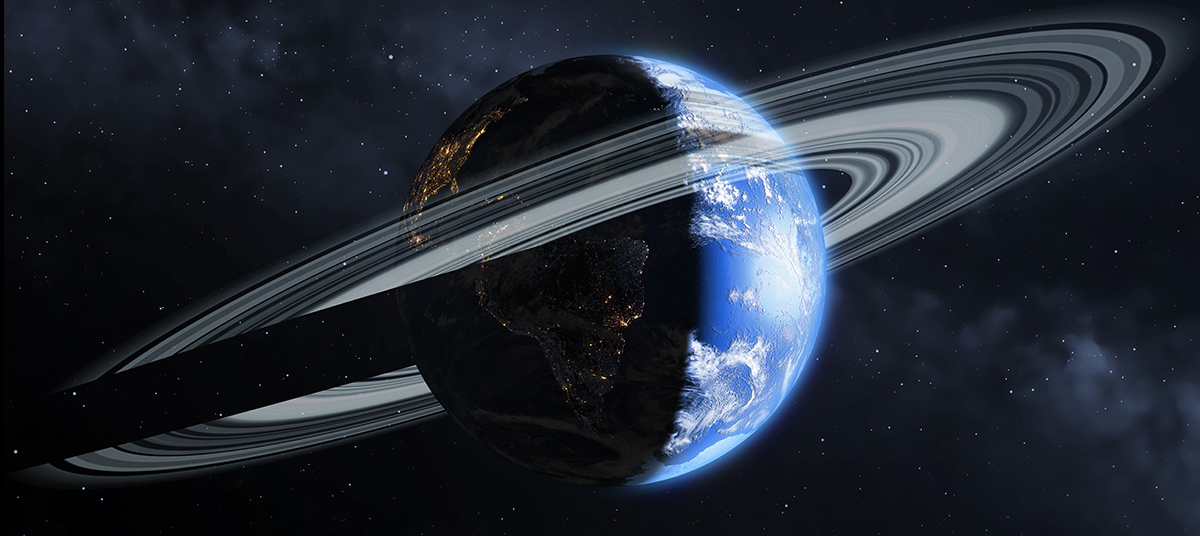Terrestrial planets are rocky planets with solid surfaces, similar to Earth. They are also known as inner planets because they orbit closer to the sun than the gas giants.
Characteristics of Terrestrial Planets
- Solid Surfaces: Terrestrial planets are composed primarily of rock and metal, with solid surfaces.
- Smaller Size: They are generally smaller and denser than the gas giants.
- Fewer Moons: Terrestrial planets have fewer moons compared to the gas giants.
- No Rings: They do not have rings like the gas giants.
The Four Terrestrial Planets
- Mercury: The closest planet to the sun, Mercury is a small, rocky world with a heavily cratered surface. It has no atmosphere.
- Venus: Often called Earth’s twin, Venus is similar in size and composition to Earth. However, it has a thick atmosphere composed primarily of carbon dioxide, which traps heat and makes it the hottest planet in the solar system.
- Earth: Our home planet, Earth is the only known planet to support life. It has a moderate temperature, a breathable atmosphere, and liquid water.
- Mars: Known as the Red Planet, Mars is a cold, dry world with a thin atmosphere composed primarily of carbon dioxide. It has polar ice caps and evidence of past water flow.
Formation of Terrestrial Planets
Terrestrial planets are believed to have formed from the accretion of smaller rocky bodies in the early solar system. Over time, these bodies collided and merged to form the larger planets we see today.
Would you like to learn more about a specific terrestrial planet or the process of their formation?



